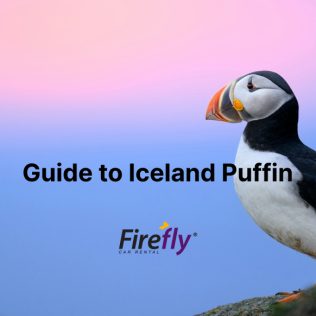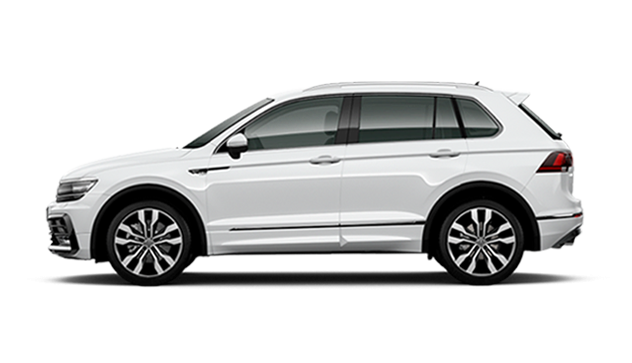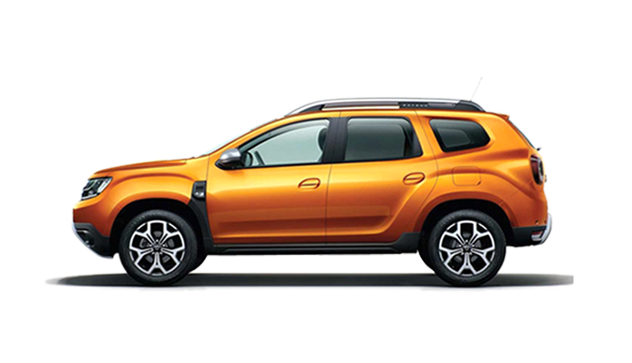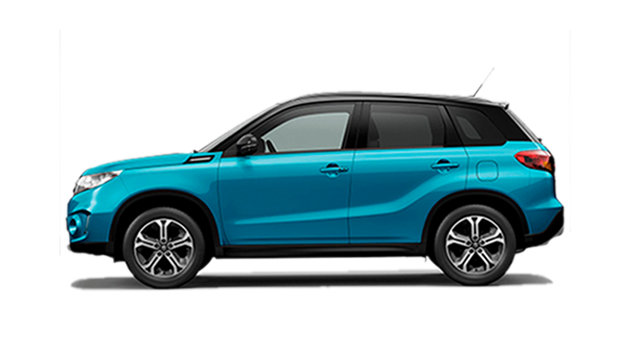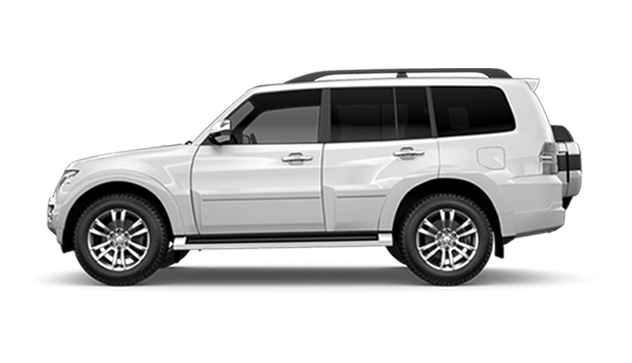Have you always dreamt of seeing colorful puffins, clinging to craggy cliffs? Then Iceland is the place to visit! Home to the largest population of Atlantic puffins in the world, there’s no better place to spot these cute feathered friends. Here’s everything you need to know about when, where, and how to see puffins in Iceland.
- Related reading: Best things to do in Iceland with a rental car
What Are Atlantic Puffins? (Understanding This Iconic Bird)
Atlantic puffins are a short, stout bird, characterized by their distinct black and white feathers and colorful, rounded beak. Puffins typically eat small fish, invertebrates, and crustaceans.
Puffins spend most of their life at sea, only returning to land to breed. A puffin pair mates for life and builds a burrow to lay a singular egg in each season. Coupled puffins will meet up at their nesting grounds each year, returning to the same burrow.
The egg’s incubation period is about 42 days, after which both parents will take turns raising the baby, called a puffling. After seven weeks, all three return to the ocean. The juvenile puffin won’t return to land for two years.
With the world Atlantic puffins population declining in recent years due to climate change and human activities, it has become even more important to observe these birds responsibly. Choosing ethical puffin watching tours ensures that puffins nesting sites remain undisturbed. Puffins are particularly sensitive to human presence during breeding season, so keeping a safe distance is crucial for their survival.
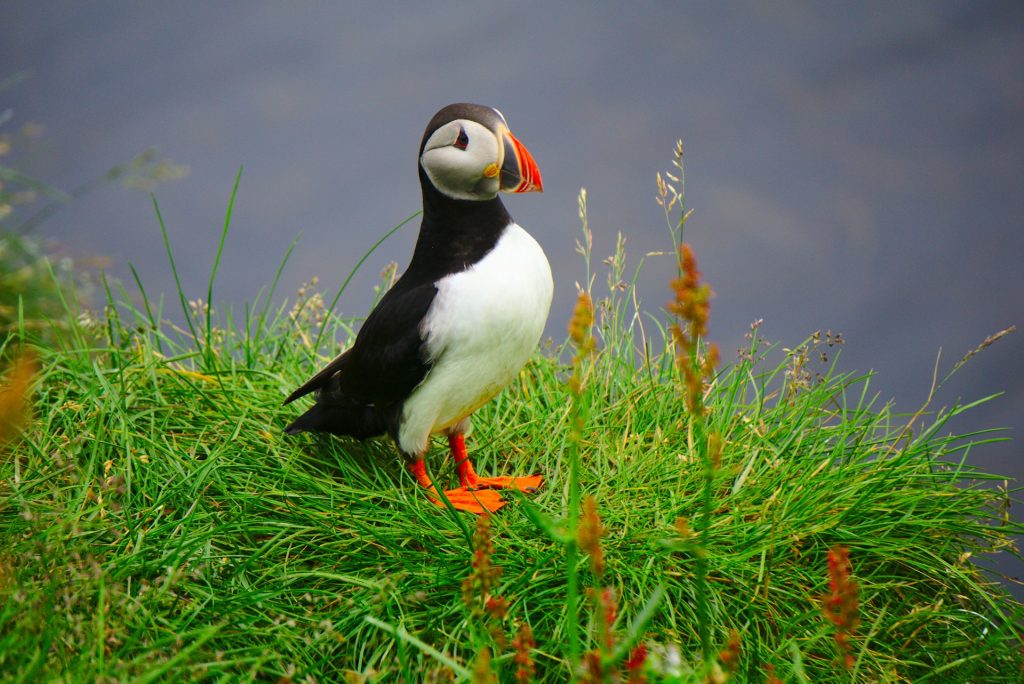
Why Iceland is one of the Best Place in world to See Puffins?
Iceland got a large puffin colony. Iceland is home to more than 60% of the world’s Atlantic puffin population, making it the best place on the planet for puffin watching. The country’s remote cliffs, small islands, and nature reserves provide ideal nesting grounds for these birds, who return to the same breeding sites year after year.
Unlike other puffin habitats in Europe, where colonies are more spread out, Iceland offers unparalleled access to puffin colonies. Visitors can see them in diverse landscapes, from black sand beaches and dramatic sea cliffs to small uninhabited islands. With so many puffin colonies located around Iceland’s coastline, renting a car is the most flexible and cost-effective way to visit multiple locations and see puffins in their natural habitat.
When to See Puffins in Iceland: Ideal Puffin-Watching Season and time of the day
Peak puffin season in Iceland is typically from May to mid-August. Around 60% of the world’s Atlantic puffin population nests in Iceland, meaning you have one of the best chances in the world to see them here. During this time, about 10,000 pairs begin nesting along Iceland’s cliffs, which also happens to be the best place to spot these beautiful birds!
Puffins spend their days alternating between resting on land and foraging at sea. If you want to see them flying in and out of their burrows with fish in their beaks, visit during the early morning or evening when they are most active. Some of the best puffin watching tours operate during these hours, offering a chance to see the birds in motion.
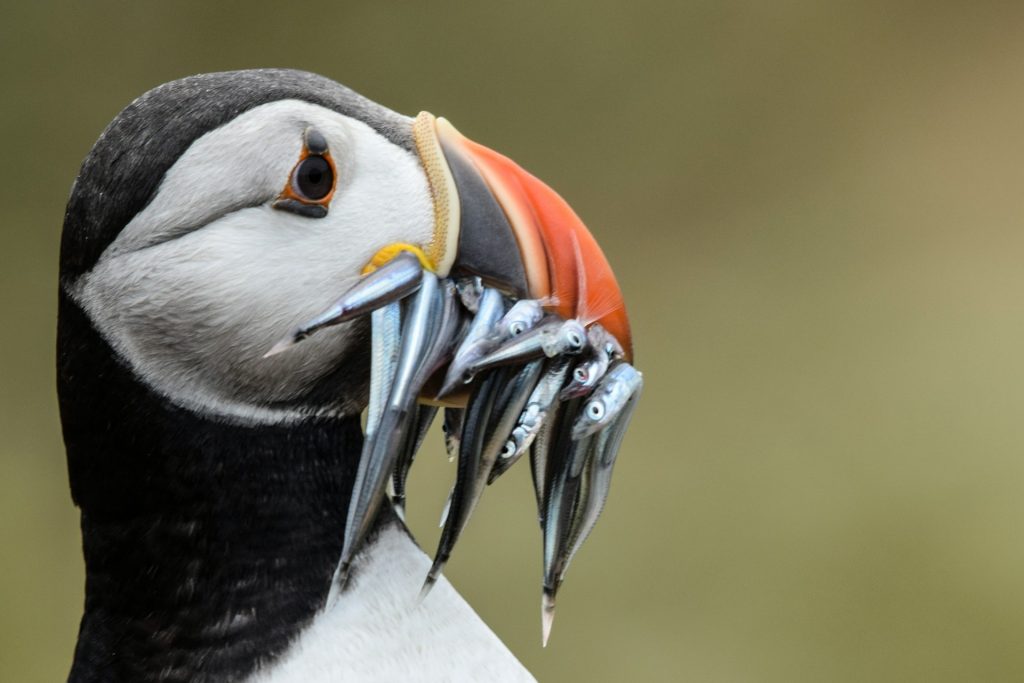
Top Locations for Seeing Puffins in Iceland
All of the recommended locations for spotting puffins can be accessed by using the Ring Road (Route 1).
1. Borgarfjörður Eystri (East Iceland)
A fjord in East Iceland, Borgafjörður Eystri is a wonderful location to spot puffins. With viewing platforms positioned near Iceland’s largest puffin colony, it’s easy to observe the birds without much hassle.
Borgafjörður Eystri is one of the more remote locations to see puffins in Iceland. Visitors can rent a car from Firefly Iceland and make the drive from either the airport or Reykjavik. The drive takes about 8.5 hours through Northern Iceland and can be easily broken up over several days.
How to get to Borgarfjordur Eystri in the East?
To reach Borgarfjörður Eystri, you’ll take the Ring Road in a clockwise direction north from Reykjavik. Turn left on Route 925 before making another left on Route 944 and a final left on Route 94. The nearest large town is Egilsstadir.
Road conditions of this route
Getting to Borgarfjörður Eystri from Reykjavik takes about 8.5 to 9 hours by car. The route follows Ring Road (Route 1) east, passing through the scenic landscapes of South Iceland before reaching Egilsstaðir, the biggest town in East Iceland. From there, you must drive Route 94, which starts as a paved road but later turns into a gravel mountain pass.
The last part of the drive can be challenging, with steep hills, loose gravel, and sharp turns. A 4×4 car is the safest option, especially outside of summer when the road can be slippery due to rain or snow. The drive is long, so many travelers stay overnight in Egilsstaðir before continuing to Borgarfjörður Eystri. This way, you can enjoy the puffin-watching experience without rushing.
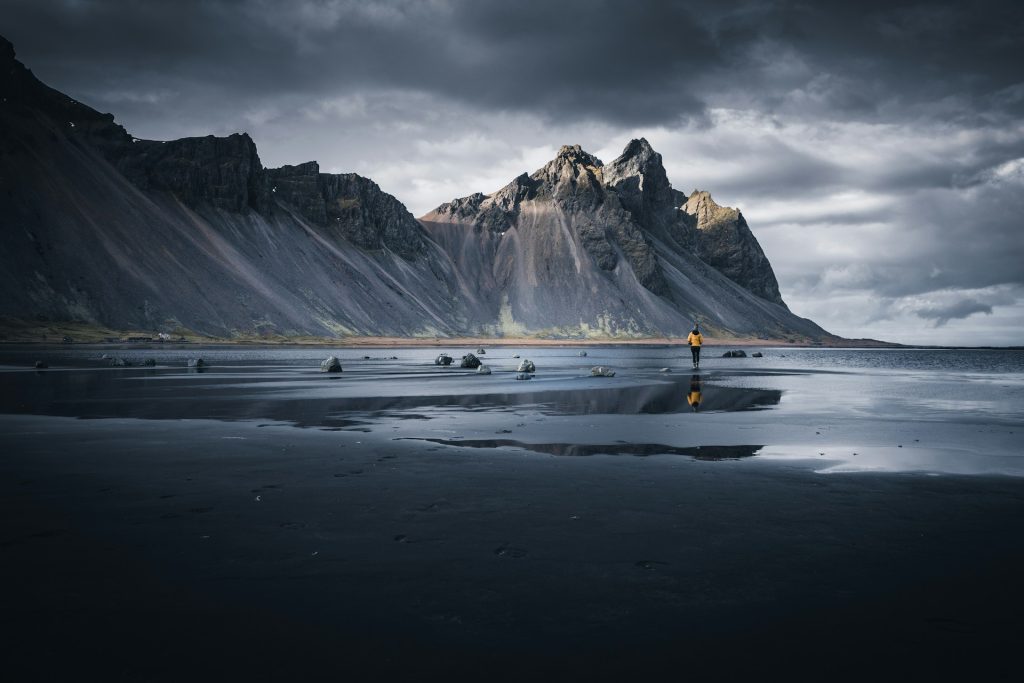
2. Westman Islands (Vestmannaeyjar)
Situated just off the southern coast of Iceland, the Westman Islands (known in Icelandic as Vestmannaeyjar) are another hot spot for puffins.
Heimaey Island is the largest and only inhabited island of the Westman Islands (Vestmannaeyjar), an archipelago off Iceland’s south coast. While the term “Westman Islands” refers to the entire group of islands, Heimaey is the main island where most of the region’s activities, including puffin watching, take place.
It is home to thousands of nesting puffins during the summer and offers some of the best opportunities for observing these birds up close. Visitors often travel to Heimaey by ferry from Landeyjahöfn or take a short domestic flight from Reykjavik.
Visitors can take a ferry from Landeyjahöfn Harbor, just under two hours from Reykjavik by car. After arriving, you can either take a guided puffin tour by boat or hike along the cliffs of Heimaey for a more personal experience with puffins nesting on the island’s steep edges.
How to get to Westman Iceland? (the Heimaey Island)
To reach the Westman Islands, you’ll take the Ring Road south out of Reykjavik before turning right on Route 254 and following it to its end in Landeyjahofn.
How’s the road conditions of this route?
Drive from Reykjavik to Landeyjahöfn Harbor in about 1 hour and 45 minutes. The route follows Ring Road (Route 1) south, then turns onto Route 254, a paved road leading straight to the ferry terminal.
The ferry to Heimaey Island, the largest of the Westman Islands, takes 30-45 minutes. The ferry is comfortable, but it can get canceled in bad weather, so it’s good to check the schedule before driving to the harbor. You can take your car on the ferry or leave it at the terminal. Once on Heimaey, the roads are paved and easy to drive, but you can also walk or rent a bike to explore.
If you don’t want to drive, you can take a short domestic flight from Reykjavik to Heimaey, which takes about 25 minutes.
Akurey and Lundey (Small Islands Near Reykjavik)
Located in Faxaflói Bay just outside Reykjavik, the small islands of Akurey and Lundey are some of the best spots for those who want to see puffins without venturing too far.
These small uninhabited islands are only accessible by boat, making a boat tour one of the best ways to experience puffin watching here. These tours often include whale watching, giving visitors a chance to see multiple marine species in one trip.
How to get to the islands?
You don’t need to drive far to see puffins on Akurey and Lundey. These small islands sit just off Reykjavik’s coast and are only accessible by boat tours from Reykjavik’s Old Harbor.
Getting to the Reykjavik harbor is easy. It’s a short 10-minute drive from most hotels in Reykjavik. If you’re staying downtown, you can walk to the harbor. There’s parking nearby if you’re driving.
Boat tours to Akurey and Lundey last about 1-1.5 hours and usually include whale watching as well. The water is mostly calm, but if you get seasick easily, you may want to bring motion sickness medicine.
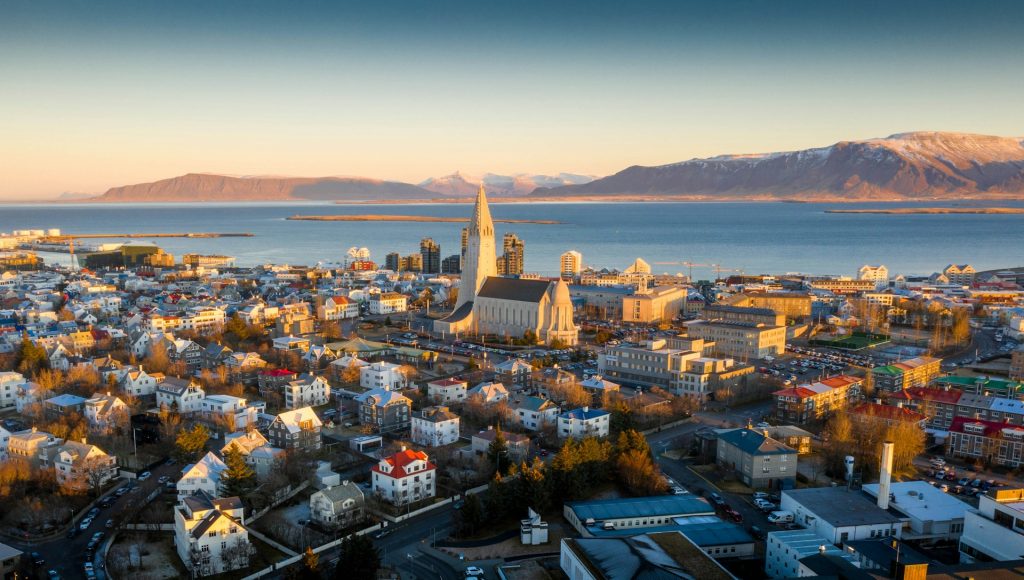
Ingólfshöfði Nature Reserve (South Coast)
For those traveling along Iceland’s south coast, Ingólfshöfði Nature Reserve is a fantastic location to see puffins. This isolated headland is only accessible via a guided tour, which includes crossing black sand beaches in a special off-road vehicle before hiking to the nesting cliffs.
How to get to the Nature reserve?
Driving from Reykjavik to Ingólfshöfði Nature Reserve takes about 3 hours. The route follows Ring Road (Route 1) south, heading towards Skaftafell National Park. Once you get near the reserve, you must turn onto Route 204, which is a rough gravel road that crosses black sand dunes.
Regular cars can’t drive this road. You need to park at the meeting point and join a guided tour. These tours use a special tractor-pulled wagon to cross the shifting sand. Even though the drive to the meeting point is easy, the weather near the coast can be windy and unpredictable, so it’s best to check the forecast before heading out.
Grimsey and Tjörnes Peninsula (North Iceland)
Farther north, Grimsey Island and the Tjörnes Peninsula are among the most remote locations for puffin spotting in Iceland. Grimsey, just off the northern coast of Husavik, is sometimes referred to as “Puffin Island” due to its massive colonies. Boat tours to Grimsey often include puffin and whale watching, making it a unique wildlife experience.
Tjörnes Peninsula, on the other hand, offers incredible cliffside views of puffins without the need for a boat tour. The best way to reach these spots is by renting a car from Firefly Car Rental Iceland, allowing you the freedom to explore these hidden gems at your own pace.
How to get to the North Iceland?
To get to Tjörnes Peninsula and Grímsey Island, drive from Reykjavik to Húsavík, which takes about 5 hours. The drive follows Ring Road (Route 1) north, passing through Akureyri, then continues along Route 85, a paved and well-maintained road.
For Tjörnes Peninsula, continue on Route 85 past Húsavík. The cliffs are easy to reach by car, and you can park nearby and walk to the best puffin-watching spots.
For Grímsey Island, you need to take a ferry from Dalvík, which is a 35-minute drive from Akureyri along Route 82. The ferry takes about 3 hours and only runs a few times per week, so booking in advance is a must. If you don’t want to take the ferry, you can fly from Akureyri to Grímsey in just 30 minutes.
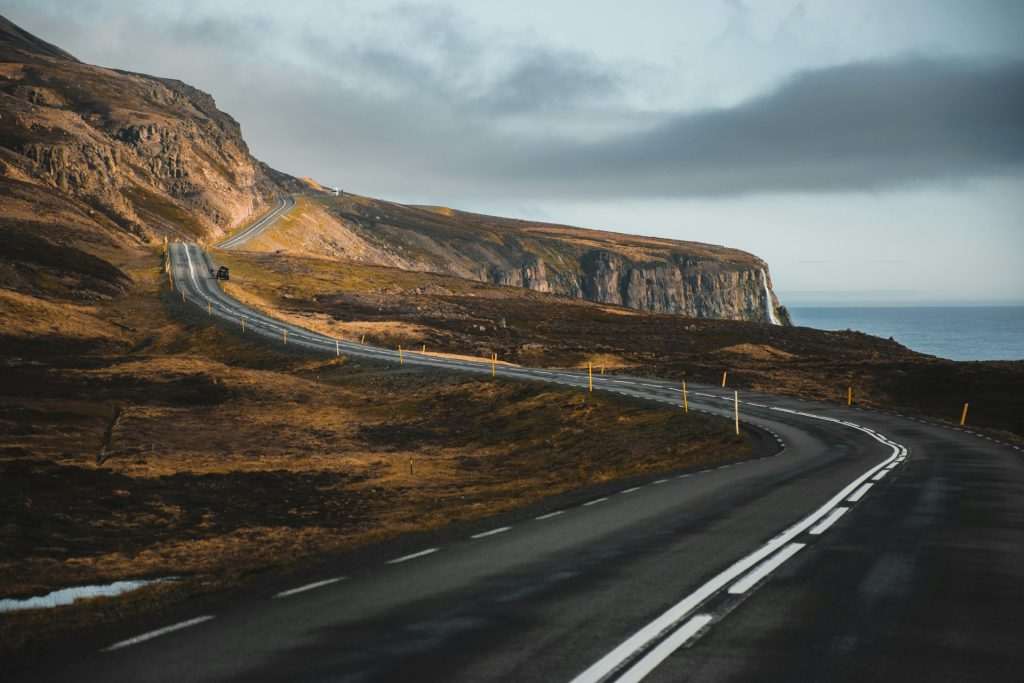
Choosing the Right cheap rental Car for Your Puffin Adventure
Each of these locations has different road conditions, so choosing the right rental car is important. Firefly Car Rental Iceland has affordable options for every type of trip:
- For smooth paved roads (like those leading to Westman Islands or Reykjavik’s harbor), a small car like a VW Golf works well.
- For gravel roads and long trips (like Borgarfjörður Eystri or Tjörnes Peninsula), a 4×4 like the Dacia Duster is the safest choice.
- For unpredictable weather and rougher terrain (like black sand at Ingólfshöfði), a larger SUV like the Mitsubishi Pajero provides extra stability.
With Firefly’s cheap rental options, unlimited mileage, and no hidden fees you can explore Iceland at your own pace and see puffins without stress.
How to Choose the Right Puffin-Watching Tour in Iceland
Iceland offers many ways to see puffins, including boat tours, guided hikes, and self-drive trips. Choosing the right experience depends on your budget, comfort level, and how close you want to get to the birds.
1. Boat Tours vs. Land-Based Puffin Watching
- Boat tours take you close to puffin colonies on small islands, such as Akurey, Lundey, and Grimsey. These are great for seeing puffins in flight and observing them on the water.
- Land-based viewing is perfect for photographers and those who prefer to avoid boats. Locations like Borgarfjörður Eystri and Heimaey Island have well-maintained viewing platforms for a great puffin experience.
2. Ethical and Responsible Puffin Tours
Puffins are a protected species, and ethical tours ensure they are not disturbed. When booking a tour, look for these signs of responsible wildlife tourism:
✔ Safe Viewing Distances – Tours should not let people get too close to puffins’ burrows.
✔ No Feeding the Birds – Some unethical operators may encourage feeding, which is harmful to puffins.
✔ Small Group Sizes – Less disturbance for the birds and a better experience for you.
✔ Respect for Nature – Operators should follow Iceland’s conservation guidelines.
If you are exploring on your own, stay at least 1 meter (3 feet) away from puffins, and avoid stepping near their nesting burrows.
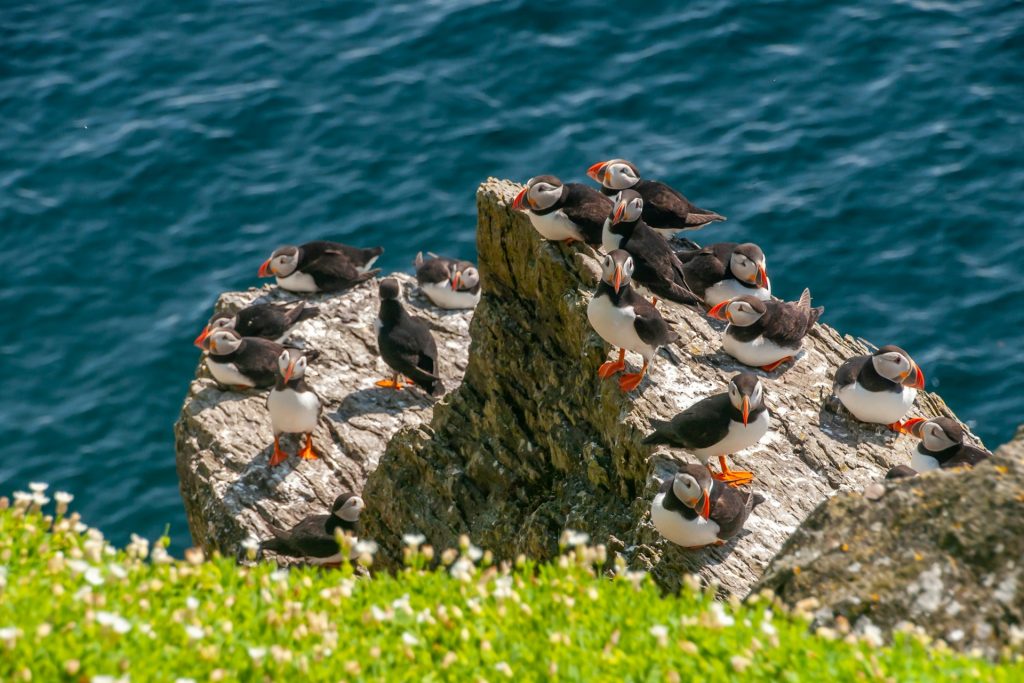
3. Best Time to Book a Puffin Tour
- Peak season (June – mid-August): Puffin tours book up quickly, so it’s best to reserve a spot early, especially in popular areas like Westman Islands and Akurey.
- Off-peak season (May & late August): Fewer tourists, but puffins start migrating back to sea. Check with tour operators about availability.
4. Booking Tips for a Smooth Experience
- Check the Weather Forecast – Boat tours can be canceled due to rough seas, so having a backup plan is smart.
- Confirm Departure Points – Some tours leave from small harbors, not major towns. Ensure you have the right directions before your trip.
- Dress Warmly – Even in summer, coastal winds can be strong. Wear waterproof and windproof clothing for comfort.
- Look for Refund Policies – Some companies offer flexible cancellations in case of bad weather.
Self-Drive Puffin Watching: The Ultimate Flexibility
If you prefer to explore at your own pace, renting a car from Firefly Car Rental Iceland is a great alternative. Many of Iceland’s best puffin-watching spots are easily reachable by car, allowing you to visit multiple locations in one trip.
A 4×4 rental is ideal for remote puffin colonies like Borgarfjörður Eystri and Tjörnes Peninsula, while a standard car works well for Reykjavik-based spots like Akurey and Lundey.
Driving in Iceland: What You Need to Know
Driving in Iceland is an adventure in itself, and being prepared will make your trip much smoother. While many puffin-watching locations are accessible via the Ring Road (Route 1), some require driving on gravel roads or taking a ferry. Here are some key things to keep in mind:
- Road Conditions Vary: While the Ring Road is paved and well-maintained, many side roads leading to puffin colonies, such as those in Borgarfjörður Eystri and Ingólfshöfði, are gravel roads. These can be rough, with loose stones, potholes, and occasional washboard surfaces.
- Weather Changes Quickly: Icelandic weather is unpredictable. It can be sunny one moment and stormy the next. Always check road conditions on websites like the Icelandic Road and Coastal Administration before setting off.
- 4×4 Vehicles for Remote Areas: If you plan to visit puffin spots in more remote regions, like Borgarfjörður Eystri or Tjörnes Peninsula, renting a 4×4 vehicle is highly recommended. Firefly Car Rental Iceland offers affordable 4×4 options, such as the Dacia Duster, perfect for gravel roads.
- Wind and Bridges: Strong winds are common, especially in open areas near the coast. Drive cautiously and hold the steering wheel firmly. Some roads feature single-lane bridges, requiring you to yield to oncoming traffic.
- Sheep on the Roads: In rural areas, free-roaming sheep frequently cross the roads. Drive attentively, especially in summer when they wander freely.
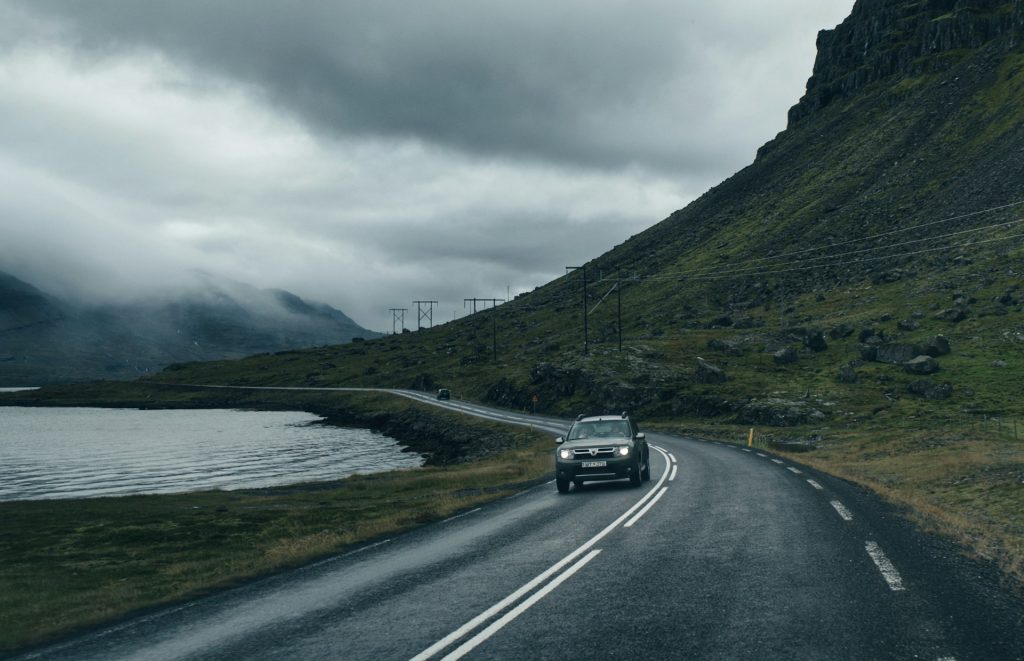
Why Choose Firefly Car Rental Iceland?
Firefly Car Rental Iceland is the best cheap car rental company in Iceland, offering reliable and budget-friendly vehicles suited for exploring puffin-watching locations across the country. Whether you’re sticking to the Ring Road or venturing off the beaten path, Firefly has the right vehicle for your needs.
- Affordable Rates: Firefly offers some of the most competitive car rental prices in Iceland, ensuring you get the best deal for your trip.
- Diverse Fleet: Choose from economy cars for city driving and well-maintained gravel roads, or opt for a rugged 4×4 for rougher terrains.
- Convenient Pickup Locations: Firefly has rental stations at Keflavík International Airport and in Reykjavik, making it easy to pick up and return your car.
- Unlimited Mileage: Drive as much as you want without worrying about extra fees.
Puffin Watching Tips: Getting the Most Out of Your Trip
- Pack binoculars for a better view, as puffins nest on high cliffs.
- Always keep at least 1 meter (3 feet) away from the birds to avoid disturbing them.
- Iceland’s weather can be unpredictable, especially on the coast. Dress in layers and check the weather forecast before heading out.
- Early morning and late evening are the best times to see puffins flying.
- If you’re driving, always check road conditions before setting out, especially for gravel road destinations
Conclusion
Puffin watching in Iceland is an unforgettable experience, and the best way to explore these incredible locations is by renting a car from Firefly Car Rental Iceland.
As the best cheap car rental company in Iceland, Firefly ensures that you can reach even the most remote puffin colonies without breaking the bank.
Whether you need a compact car for city drives or a 4×4 for rugged landscapes, Firefly has you covered. Book your rental today and start planning your puffin adventure in Iceland!
